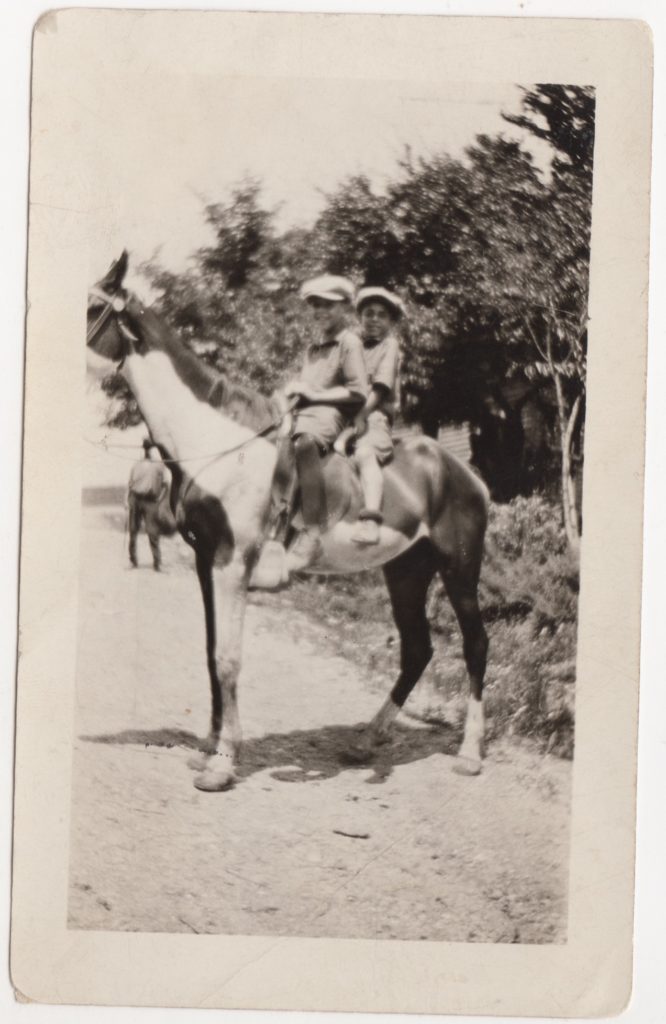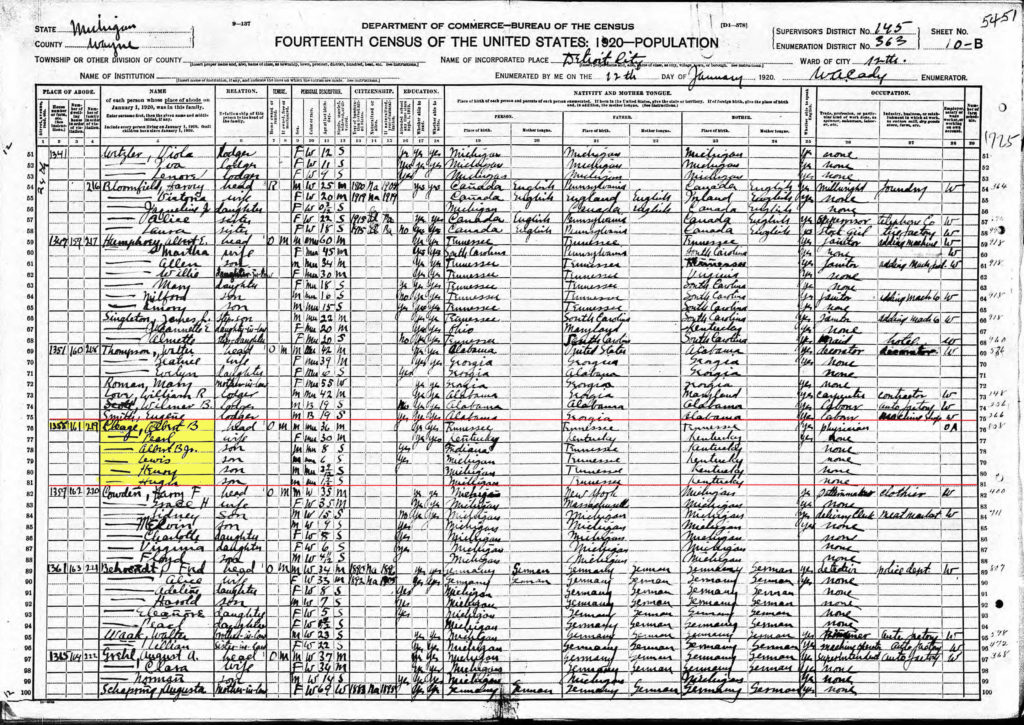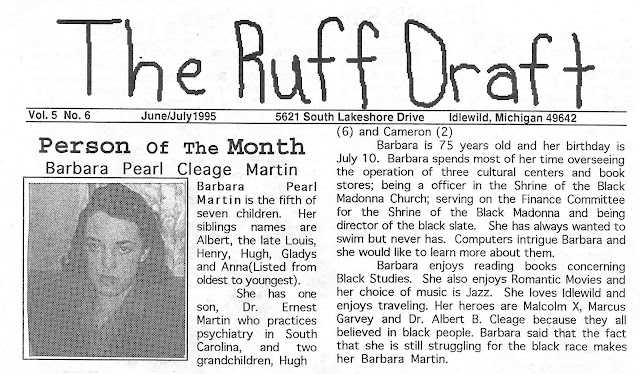Louis Jacob Cleage was the third of Albert and Pearl Cleage’s seven children. He was born in Kalamazoo Michigan in 1913 before the family moved to Detroit. During the 1920s Louis went from age 7 to age 17. He attended Wingert Elementary school and Northwestern High School. Later he went on to Medical School and went into practice with his father.
Louis loved to tinker with things and build contraptions, some of which were used at the fairs they put on in the backyard. At one time he wanted to be an engineer but that was a difficult profession for a black man in those days and so he became a doctor.
In the book “Prophet of the Black Nation” (published byPilgrim Press, 1969) a biography of my father Albert B. Cleage, by Hiley Ward, wrote on page 77:
Louis-now the M.D. – could write short papers. Louis just put it down, but you can’t grade this son (note: she was talking about Albert) by his younger brother’s method.“
Mrs. Cleage, the 81 year old matriarch, watched me closely as I wrote down her words. “I feel sorry for parents raising colored children,” she said, “for so many don’t have the fight like I do.” Perhaps I grinned a little at this point, in admiration of the energy of this tremendous lady still full of the old vinegar for her sons. “You smile, but you don’t know,” she said. “You have to do something in a country like the United States.”
She did the same with all her youngsters. “Louis was brokenhearted when he got a C in chemistry. So I went to his counselor.’You come with me,’ I told him. ‘I’m taking him out of that class. I can’t have a child ruined by a man who hates colored people.’ I took him to another class, and the new teacher was amazed – he was an A student all along.”
On page 48 we read old family friend Oscar Hand describe “In the backyard we used to have a carnival, and all the Cleage brothers took part in it. Dr. (Louis) Cleage had a penny machine then; you paid to see how much shock you could take when you held on to a certain part of the car.”
Adult Writings by Louis Cleage
Dialogue in Poetry
The Illustrated News scroll down to see Smoke Rings by Louis Cleage
The Freedom Fight – scroll down to see Smoke Rings by Louis Cleage
Anti Police Brutality Demonstration – scroll down to see Smoke Rings by Louis Cleage
Kennedy Refuses to Support Civil Rights scroll down to see Smoke Rings by Louis Cleage























































